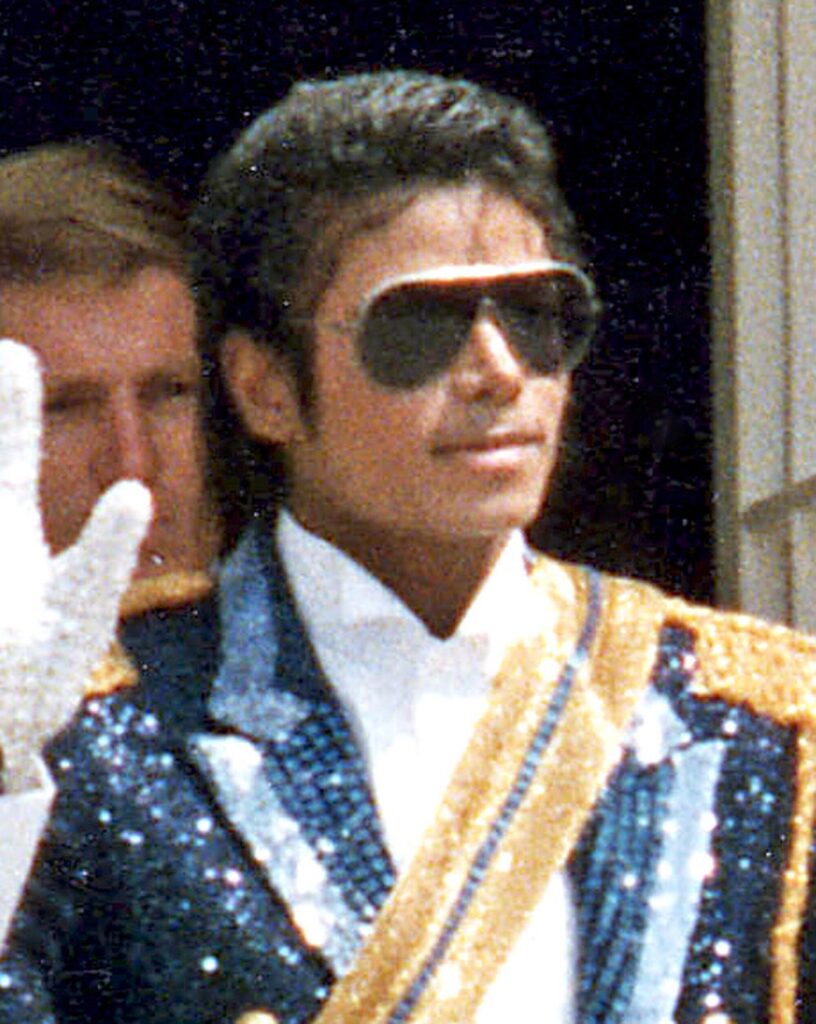By: Sydnee Walcott
The 1980s was a memorable decade, filled with fun entertainment, talent, and laughter. The voluminous hair, eccentric makeup, vibrant hats, and colourful clothing, made the 80s unforgettable.
This generation embodied pop culture that offered some of the most iconic movies like E.T., to groundbreaking television shows like The Cosby Show.
The 80s is also known for being one of the best decades for music and entertainment with countless chart-topping hits. Some of these classic hits were sung by famous artists like Cyndi Lauper, Bruce Springsteen, Madonna, Lionel Richie, Prince, Whitney Houston and Michael Jackson.
In 1981, the introduction to cinematic music videos increased in popularity. The popularity of music videos led to the launch of Music Television known as MTV.
Many were fascinated that a song had the potential to tell a story that translated to a movie-like experience. They could visually see the lyrics being enacted on the front screen which allowed them to feel closer to some of the most influential Black artists today. Music videos transformed the music scene into one that was accepting of different styles, genres, and collaborations.
MTV was one of the first music channels to air on television with a focus on music videos and other music-related content from top artists in the industry.
In MTV’s earlier years, there were issues centered around diversity when it came to including artists of colour in relation to the videos the channel would air.
Black artists were essentially receiving minimal air time and recognition for their talent on the channel. Popular Black artists such as Michael Jackson known as “The King of Pop” was not receiving enough air time for his performative music videos.
Viewers and artists began to notice this disparity and were not afraid to hold MTV accountable for the lack of inclusivity.
“We’re being sat at the back of the bus television-style,” said Rick James, who experienced a shut down of his music videos on MTV for his songs “Give It to Me Baby” and “Super Freak.”
David Bowie defended James and called MTV out on their lack of diversity during an interview with the channel.
“I’m floored by the fact that there are so few Black artists featured on [MTV]. Why is that?” said Bowie.
MTV executives denied allegations centered around racism existing on the platform and expressed it was not the reason why Black artists received little airplay. The channel stated that their music did not fit the channel’s rock-based genre.
During this period, J.J Jackson was also included as a main African American on their roster of video jockeys.
Michael Jackson’s “Billie Jean” became one of the first music videos introduced by a Black male artist. He broke down the barriers to achieve success in artistic performance among musicians. Although his song gained success, his journey to reach fame included many difficult challenges.

CBS Record President Walter Yetnikoff reportedly threatened to pull his rock artists from MTV if they did not play the music video for “Billie Jean.”
It has been stated that if the channel did not air the music video, it would have faced financial issues that would have led to the channel being defunct.
Once MTV began to air more music videos from other Black artists and diverse genres of music, the channel began to gain additional viewers and success.
Given the rise to fame, Black artists have contributed whole heartedly and immensely to the music industry. However, there are times where their talent is overlooked. With influential platforms like YouTube, their ancient music videos remind us of their dedication to reach success in the music industry.
Outlined are a list of some of the most iconic songs among Black artists in the 1980s:
Thriller – Michael Jackson
Starting off his career as a member of The Jackson Five, Michael Jackson gained ground breaking success during the 1980s. Jackson’s 1982 album, “Thriller,” is one of the best selling albums of all time and held a position on the top charts for 37 weeks.
The album’s seventh and final single, “Thriller,” was an iconic song accompanied with an artistic music video which set the precedent in how quality music videos are made filled with culture, design, and cinematography.
The inspiration behind the music video’s theme was from the horror-comedy film American Wolf in London. The film’s Director, John Landis, also directed and helped Jackson brainstorm the design, cinematics, and dancing sequences for the song’s music video.
“I wanted to be a pioneer in this relatively new medium and make the best short music movies we could make,” said Jackson when talking about his hit single in the 1988 memoir Moonwalk.
Almost 40 years after its release, the “Thriller” music video still secures its popularity on the charts with people continuing to perform the choreography annually around Halloween time.
The Message – Grandmaster Flash and The Furious Five
The roots of hip-hop can be traced back to the late 70s at block parties located in The Bronx, New York where DJs would create their own twist on soul and funk records. The genre would take off in 1979 after the release of “Rapper’s Delight” by The Sugarhill Gang.
In 1982, the genre would take a different route with the release of “The Message” by Grandmaster Flash and The Furious Five.
At the time, most hip-hop songs were recognized as party songs. However, “The Message” would soon become one of the first hip-hop songs to feature lyrics with social commentary.
The lyrics of the song address issues of poverty, systemic racism, crime, and the struggles people face in the inner city.
Affluent people claim that they are from “the hood” however, songs like “The Message” remind listeners that inner city areas should not be glamourized.
The song reminds listeners that the inner city areas continuously go through struggle.
When Doves Cry – Prince
Prince was a talented artist who could sing and play the keyboards, drums, and bass. Besides reaching the top charts, he was also known for adding feminine elements to his style such as eyeliner, high heels, crop tops, lace, and feather boas.
“When Doves Cry” is a song written and performed by the artist for his semi-autobiographical film, Purple Rain.
Similar to the movie’s plot, the song touches on a relationship falling apart which leads to the main character fearing that his relationship will end up becoming abusive like his parents’ relationship.
This touching song also symbolizes two lovers mourning the loss of their relationship and the hope that the relationship could potentially be rekindled in the future.
In the summer of 1984, the song reached the number one spot on the charts for five weeks.
How Will I Know – Whitney Houston
Whitney Houston broke barriers and became the first African American artist on the cover of Seventeen magazine. Her debut was transformative as she became a singer with a powerful voice hitting the charts.
The song “How Will I Know” from Houston’s self-titled debut album, is a song we can all relate to.
The song is about a woman who has a crush and is wondering if her crush reciprocates the same feelings for her.
Love is a powerful feeling, but sometimes people cannot help but wonder if someone feels the same level of attraction and fondness for them. It was easily one of the most popular songs audiences could relate to and not feel alone in the world of dating and relationships. Whitney had a clever way of expressing her lyrics that would make her audience feel like a family, a sense of comfort is something she hoped to reach in her music.
In 1985, the song was released as a single and debuted at number 60 before moving to the number one spot in early 1986.
The 1980s will always be a memorable decade. During this decade, the world praises Black artists for their incorporation of cultural tradition and artistic capabilities in the music industry. Their success inspires new and up-coming artists in the community to embrace their unique set of skills and voice. It also inspires artists to write real and heartfelt songs that touch on a variety of issues.

Sydnee Walcott is a Copy / Contributing Editor for Black Voice. She is also a writer who likes to capture the essence when writing articles on a variety of topics.

